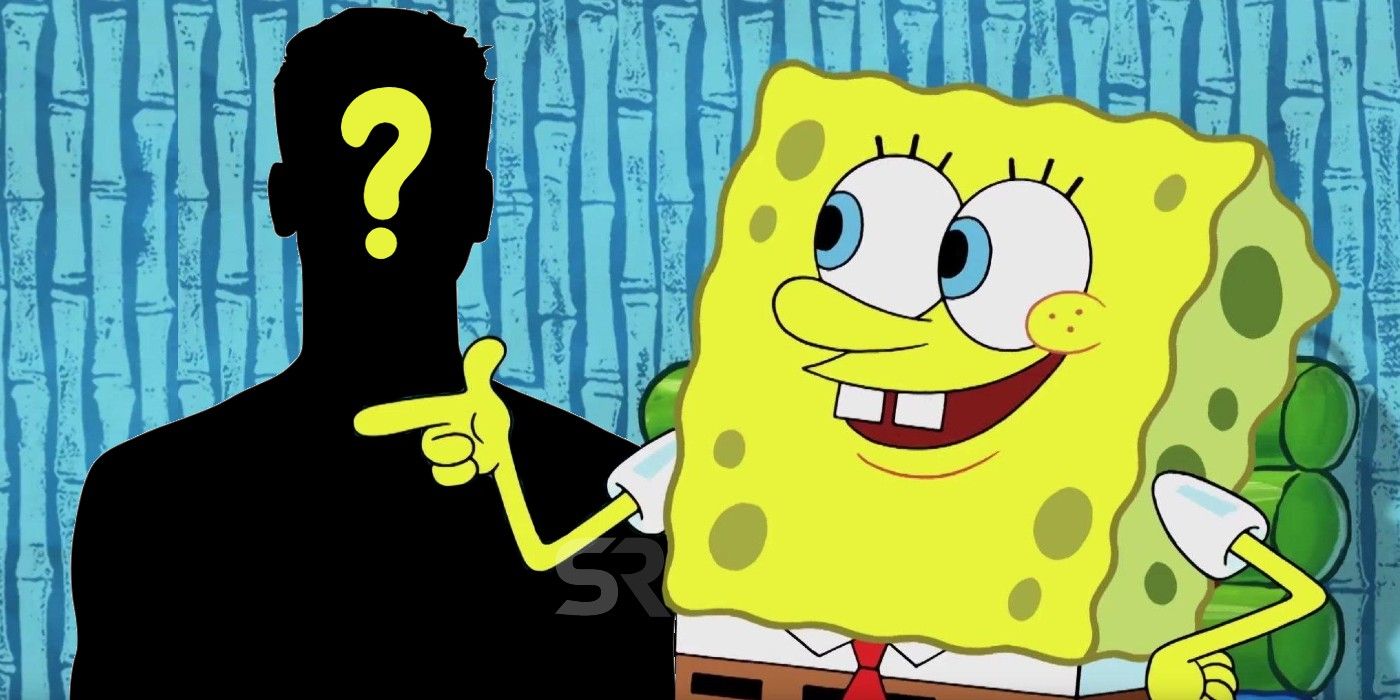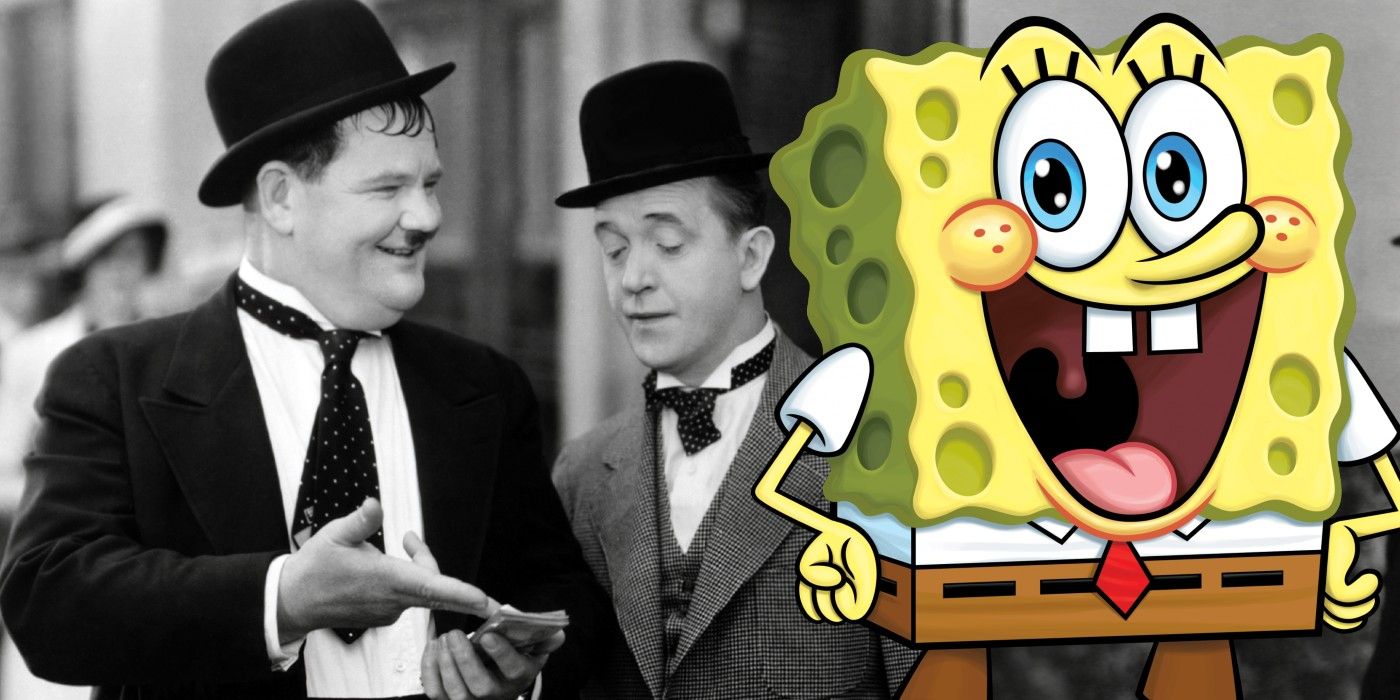SpongeBob SquarePants is known for his always cheerful personality and, in later seasons, for being quite silly – and these are characteristics he took from some real-life personalities. SpongeBob SquarePants was created by marine science educator and animator Stephen Hillenburg and made its debut on Nickelodeon in 1999. The show has now become the most successful Nicktoon to date (bigger than classics like Rugrats and Hey Arnold!), and has even expanded to other media, most notably comic books and film.
SpongeBob SquarePants follows the daily adventures of the title character – a sea sponge who looks like a kitchen sponge – and his friends (and a couple of enemies) from the underwater city of Bikini Bottom, among those Patrick Star, Sandy Cheeks, and Squidward Tentacles. Over the years, the quality of SpongeBob SquarePants has declined, along with the character itself, with fans even theorizing that SpongeBob truly died in his first movie and that’s why his current version is dumber. Still, SpongeBob continues to be an eternal optimist who always looks after his friends, and who is constantly caught in pretty dumb situations alongside Patrick.
These are characteristics inspired by some real-life comedians, all of them classics of the genre, which Hillenburg took as a basis when building the character of SpongeBob. Hillenburg told Washington Post in 2009 that the famous sponge was born out of his love of the unforgettable duo Laurel and Hardy, whose “kind of idiot-buddy situation” was a huge influence – and it shows, mostly in the dynamics between SpongeBob and Patrick. Hillenburg explained that SpongeBob was inspired by Laurel, who was the “innocent” of the pair, and to keep the show about him in the first four seasons, the central theme was innocence, stating that SpongeBob is “a complete innocent, not an idiot” – or, at least, that was the essence in the first seasons.
Other inspirations were Pee-wee Herman, which shouldn’t really be surprising. Pee-wee was impatient, childlike, cheerful, and with quirky facial expressions, though he also had an aggressive side. The same can be easily said about SpongeBob, who has also displayed moments of aggression, though sometimes not intentionally and not as often. Another inspiration was none other than Jerry Lewis, who Hillenburg told USA Today back in 2002, was someone he wanted SpongeBob to emulate by being “a goofy optimist, a kid-like character”. Looking at the inspirations behind SpongeBob, it’s clear that a central theme for Hillenburg was innocence, portrayed through different behaviors and also through his interactions with other characters, particularly those considered more mature, such as Mr. Krabs and Squidward.
SpongeBob SquarePants has changed so much, especially after The SpongeBob SquarePants Movie came out, that many of those original inspirations seem to have been left behind, but good old SpongeBob continues to have that childlike quality, though innocence is no longer a theme in his stories. Still, the show continues to resonate with younger audiences, which has allowed it to continue for so long.


